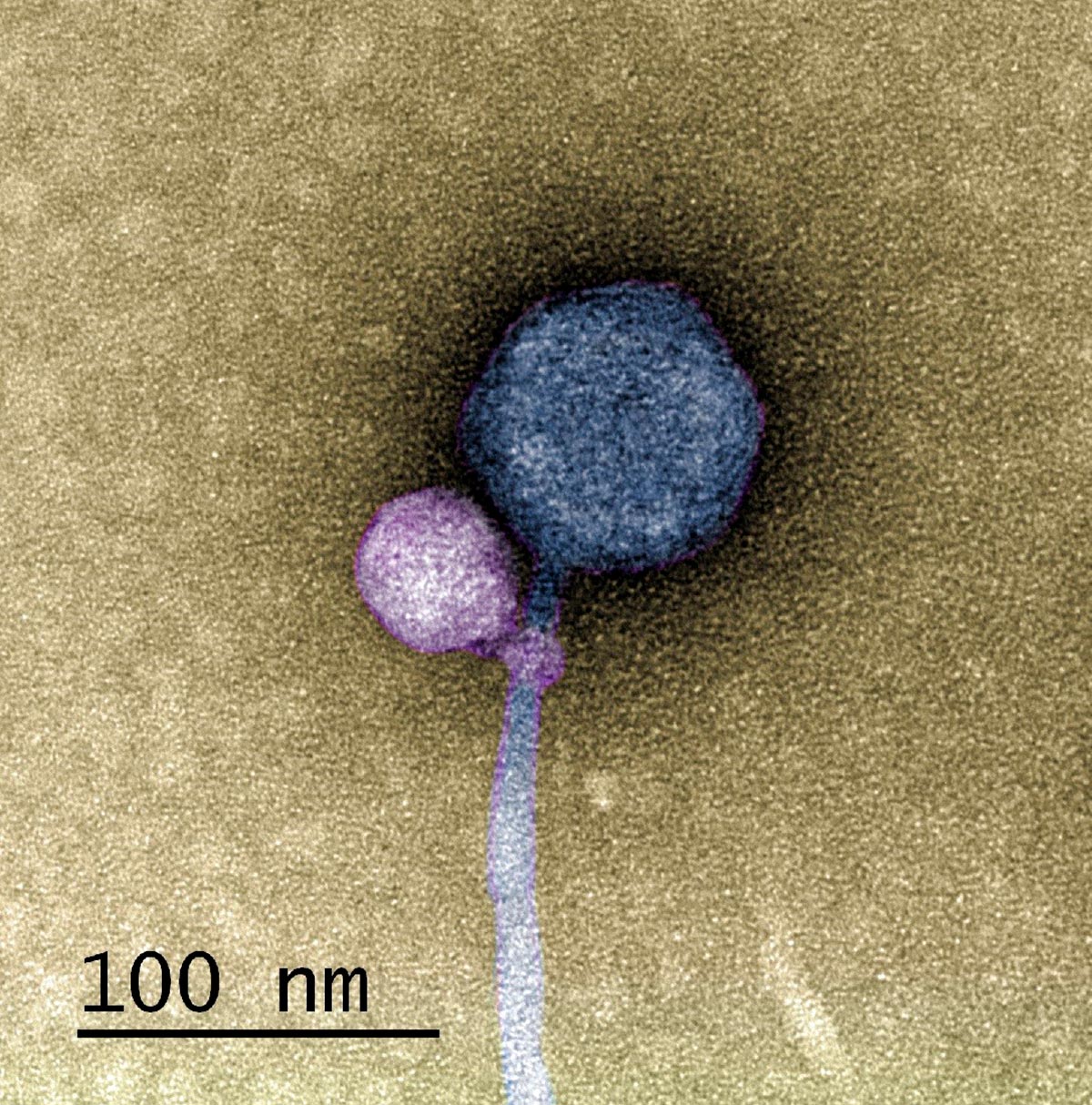A group of researchers discovered an unprecedented viral interaction in which a satellite bacteriophage physically latches onto a helper bacteriophage. This major finding, initially believed to be due to sequencing contamination, uncovers a new form of viral relationship and implies a long-term co-evolution between both viruses. The researchers assert that an abundance of similar systems are yet to be uncovered.
Describing the satellite-helper connection as a groundbreaking discovery, the study stemmed from an unexpected turn in DNA sequencing results, leading the UMBC team to an unparalleled breakthrough. Prior to this development, no explicit evidence existed of one virus attaching to another, making this finding truly extraordinary.
Virus Relationships Unveiled
Providing insight into the relationship between viruses, Ivan Erill, a professor of biological sciences, confirmed that certain viruses, known as satellites, rely on host organisms as well as another virus, referred to as a “helper.” The satellite virus requires the presence of a helper to construct its capsid or replicate its DNA.
While it was widely acknowledged that satellite and helper viruses must maintain proximity, no instances had been recorded of a satellite actually attaching to a helper, until now. A captivating colorized transmission electron microscope image showcases a newly identified satellite virus attached to its helper counterpart, marking the first documentation of one virus binding to another. Out of 50 observed helpers, 40 were found to have a satellite bound alongside them. This points to a unique viral interaction not previously witnessed.
Unprecedented Observation
In a published paper in the Journal of the International Society of Microbial Ecology, a UMBC team alongside counterparts from Washington University in St. Louis shared the initial encounter with a satellite bacteriophage consistently binding to a helper bacteriophage at its “neck,” where the capsid joins the tail of the virus.
Detailed electron microscopy images taken by Tagide deCarvalho, the assistant director of the College of Natural and Mathematical Sciences core facilities, showed that 40 out of 50 helpers had a satellite attached at the neck, with remnant satellite tendrils detected in cases where the binding was not evident. This discovery is considered pioneering and has the potential to uncover additional viral relationships awaiting exploration.
Long-Term Evolutionary Association
Upon further analysis, it emerged that MindFlayer, a helper bacteriophage, and MiniFlayer, the satellite bacteriophage, have been co-evolving for approximately 100 million years. Apart from the integration gene present in most satellite viruses, MiniFlayer stands out due to its lack of this gene, which necessitates its proximity to the helper virus in order to survive.
In light of this revelation, the team believes that there could be numerous similar relationships yet to be discovered. Furthermore, the research paves the way for future studies aimed at understanding the nuances of the satellite-helper system, shedding light on the prevalence of such phenomena.
Accidental Contamination or Groundbreaking Discovery?
The unprecedented finding almost slipped through the cracks, originating from a semesters-long investigation in the SEA-PHAGES program. Combining undergraduate research with bioinformatics analysis at UMBC, the researchers were able to identify the unique relationship between the two viruses when they unveiled an unexpected small sequence.
Spearheaded by Ivan Erill and Steven Caruso, the project took an unexpected turn when a hidden discovery came to light upon further scrutiny. Visualized using a transmission electron microscope, the evidence of the satellite-helper system was made possible by the advanced instrumentation at the Keith R. Porter Imaging Facility.
Implications and Future Research
The recent discovery has opened the door to further research delving into the intricacies of the satellite-helper system, aiming to explore the prevalence of such interactions and unravel the binding mechanisms. The implications extend to the broader scientific community, encouraging others to recognize similar relationships in their own research. This paper marks a potential turning point in uncovering a multitude of viral relationships, offering promising avenues for future scientific exploration.
Reference:
“Simultaneous entry as an adaptation to virulence in a novel satellite-helper system infecting Streptomyces species” by Tagide deCarvalho, Elia Mascolo, Steven M. Caruso, Júlia López-Pérez, Kathleen Weston-Hafer, Christopher Shaffer and Ivan Erill, 31 October 2023, The ISME Journal.
DOI: 10.1038/s41396-023-01548-0


